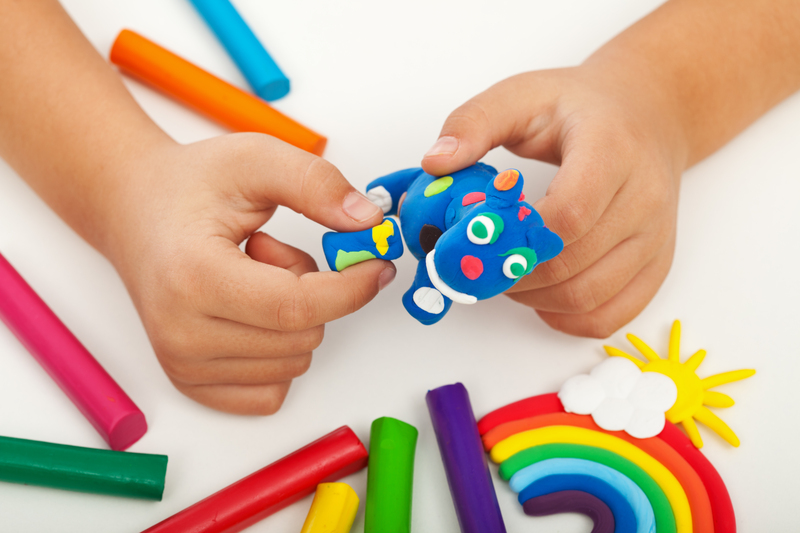Relocating Your Indoor Plants
Posted on 05/10/2024
Indoor plants are a wonderful addition to any living space. They not only bring beauty and life into a room, but they also have a number of health benefits such as improving air quality and reducing stress. However, there may come a time when you need to relocate your indoor plants due to various reasons such as moving to a new home or wanting to refresh your d?cor. While the thought of uprooting your beloved plants may seem daunting, with the right tips and considerations, you can ensure a smooth transition for your green friends. In this article, we will explore everything you need to know about relocating your indoor plants.
Tips for Relocating Your Indoor Plants:
1. Plan Ahead
Before you start packing up your plants, it's important to plan ahead. Think about the timeline for your move and consider any potential challenges that may arise during the relocation process. This will help you determine the best course of action for your plants.
2. Choose the Right Transport Method
When it comes to moving your indoor plants, one of the biggest concerns is how to transport them safely without causing any damage. The best method will depend on the size and type of plant you are relocating. Smaller plants can be moved in boxes or bags with holes for ventilation, while larger plants may require a moving truck or professional movers.
3. Prune and Repot
Before moving your plants, it's important to give them some tender loving care. Pruning will help reduce stress on the plant during transportation. You should also consider repotting them into lightweight plastic containers instead of heavy ceramic pots for easier handling.
4. Water Them Carefully
One common mistake many people make is over-watering their plants before moving them. This may cause excess weight and create a mess during transportation. On the other hand, under-watering can also be harmful for your plants. To avoid this, water your plants a few days before the move, allowing time for the water to be absorbed and the soil to dry up.
5. Protect Your Plants
Ensure your plants are protected during transportation by covering them with a sheet or plastic bag to prevent any breakage or damage from wind, rain or extreme temperatures. You can also secure them with packing materials such as bubble wrap or newspaper.
6. Consider the Climate
If you are moving to a new location with a different climate, it's important to research how your plants will adapt to the change. Some plants may require specific conditions such as temperature and humidity levels to thrive. If necessary, invest in a humidifier or heater for your new home to create an ideal environment for your plants.

Takeaways:
- When relocating your indoor plants, planning ahead is crucial.
- Choose the right transport method based on the size and type of plant.
- Prune, repot and water your plants before moving them.
- Protect your plants during transportation.
- Consider the climate of your new location and make necessary adjustments for your plants.

Pros of Relocating Your Indoor Plants:
1. Refreshing D?cor
Relocating your indoor plants can give a fresh look to your living space. This is especially beneficial if you feel like your current d?cor has become dull or outdated.
2. Opportunity for Repotting
Moving your plants gives you an opportunity to inspect their roots and overall health. If needed, you can repot them into a larger container with fresh soil which will allow them to continue thriving.
3. Cleaner Environment
Moving allows you to thoroughly clean the area where your plants were previously located. This will eliminate any pests or dust that may have accumulated over time, creating a healthier environment for your plants.
Cons of Relocating Your Indoor Plants:
1. Stress on Plants
Moving can be stressful for both humans and plants. The change in environment and handling during transportation can cause your plants to go into shock and possibly affect their growth.
2. Risk of Damage
Despite your best efforts, there is always a risk of damage during transportation. This could include broken branches or leaves, soil spillage or even uprooting of the plant.
Conclusion:
Relocating your indoor plants may seem like a daunting task but with proper planning and precautions, it can be a smooth process. By following the tips and considerations outlined in this article, you can ensure that your plants are well taken care of during the move and continue to thrive in their new environment. Remember to always research the specific needs of your plants and make necessary adjustments to provide them with a healthy and happy home. So, if you're planning on relocating, don't leave your indoor plants behind - take them along for the journey!




